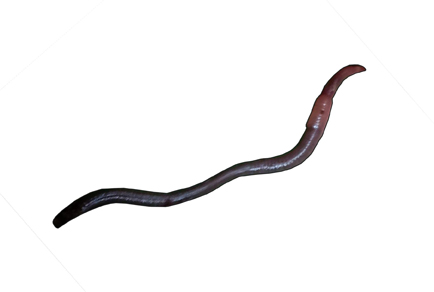Abstract
Only three species of the Atatina genus had been reported, both living distant one of another in the Amazon. Here we reported two new species for the genus living in remnant forest of the Gurupi Biological Reserve. Atatina arimikuriaka sp. nov. with three pairs of spermathecae, prostomium tentacular, and annular clitellum while Atatina arimikuritea sp. nov. has only one pair of spermathecae in IX, annular clitellum, and a smallest tubercula pubertatis. The two species are unique because the annular clitellum is contrasting with the saddle-shaped of other species.
References
- Anderson, J.M. & Ingram, J.S.I. (1993) Tropical Soil Biology and Fertility: a Handbook of Methods. 2nd Edition. C.A.B International, Oxford, 221 pp.
- Decaëns, T., Porco, D., James, S.W., Brown, G.G., Chassany, V., Dubs, F., Dupont, L., Lapied, E., Rougerie, R., Rossi, J.P. & Roy, V. (2016) DNA barcoding reveals diversity patterns of earthworm communities in remote tropical forests of French Guiana. Soil Biology and Biochemistry, 92, 171–183. https://doi.org/10.1016/j.soilbio.2015.10.009
- Decaëns T., Bartz, M. L. C., Feijoo-Martínez, A., Goulpeau, A., Lapied, E., Marchán, D. F., Maggia, M.E., Papuga, G. & James, S.W. (2024) Earthworms (Oligochaeta, Clitellata) of the Mitaraka range (French Guiana): commented checklist with description of one genus and eighteen species new to science. Zoosystema, 46 (9), 196–244. https://doi.org/10.5252/zoosystema2024v46a9
- Garcia, L.M. (2019) B-diversidade das comunidades de oligoquetas da área de endemismo de Belém. Teses de Doutorado, Universidade Estadual do Maranhão. São Luis, 168 pp.
- Righi, G. (1971) Sôbre a Familia Glossoscolecidae (Oligochaeta) no Brasil. Arquivos de Zoologia, São Paulo, 20, 1–96. https://doi.org/10.11606/issn.2176-7793.v20i1p1-95
- Righi, G., Ayres, I., Bittencourt, E.C.R. (1978) Oligochaeta (Annelida) do Instituto Nacional de Pesquisas da Amazônia. Acta Amazonica, 8 (Supplement 1), 1–49. https://doi.org/10.1590/1809-439219780831s005
- Righi, G. (1995) Colombian earthworms. In: van der Hammen, T. & dos Santos, A.G. (Eds.), Studies on Tropical Andean Eco-systems/Estudios de Ecosistemas Tropandinos. Vol. 4. Cramer, Berlin, pp. 485–607.
- Righi, G. & Araujo, Y. (2000) Three new species and new records of Oligochaeta, Glossoscolecidae, from the Venezuelan Andes. Miscellània Zoològica, 23.2, 107–120.


